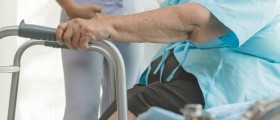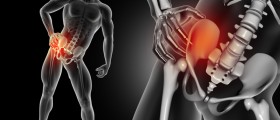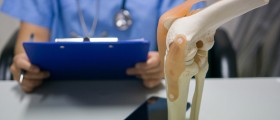I would like to know more about the "UROLIFT " procedure for enlarged prostate? which is the procedure my doctor recommends. Is this procedure helpful and safe, is this a one-time procedure, can you still have an MRI if needed with the metal clips installed with the UROLIFT ?? Appreciate and information on this UROLIFT procedure .....Thank You
Loading...
Hi, guest.
The UroLift System is a minimally invasive treatment for an enlarged prostate, or benign prostatic hyperplasia (BPH). The procedure aims to relieve symptoms of BPH without removing prostate tissue. Here's a brief overview of the UroLift procedure:
How the UroLift Procedure Works?
-
Placement: Small UroLift implants are placed in the prostate using a needle-like instrument.
- Lifting: The implants are used to lift and hold the enlarged prostate tissue out of the way, increasing the width of the urethra.
- Relief: By moving the obstructive tissue, it allows for urine to flow more freely.
Advantages of UroLift
-
Minimally Invasive: The UroLift procedure is less invasive than many other BPH treatments, such as TURP (transurethral resection of the prostate).
- Preservation of Sexual Function: The procedure has a low risk of causing sexual side effects, which are more common in other BPH treatments.
- Quick Recovery: Many men experience symptom relief in as little as 2 weeks and can return to their normal routines quickly.
- No Ongoing BPH Medications: After the procedure, many men no longer need to take medications for BPH.
Potential Side Effects
As with any medical procedure, there are risks involved. Common side effects of the UroLift procedure may include:
- Pain or burning sensation during urination
- Blood in the urine
- Urgency to urinate
- Pelvic pain
- Urgency or inability to control the release of urine
Most of these side effects are temporary and resolve within two to four weeks after the procedure.
Recommendations
-
Consultation: If you're considering the UroLift procedure, it's essential to consult with a urologist who has experience with the technique.
- Research: Take time to understand the procedure, its benefits, and risks.
- Ask Questions: During your consultation, ask your urologist about their experience, the expected outcomes, potential side effects, and the recovery process.
- Alternative Treatments: Discuss other potential treatments for BPH with your urologist, so you can make an informed choice about what's best for you.
It's important to remember that while UroLift may offer relief from BPH symptoms, it's not a cure. BPH can continue to progress over time, so regular follow-ups with a urologist are essential to monitor the condition and ensure the ongoing effectiveness of the treatment.
Loading...
















